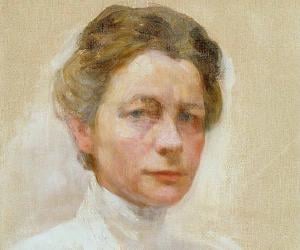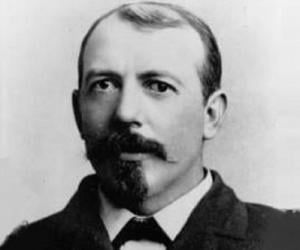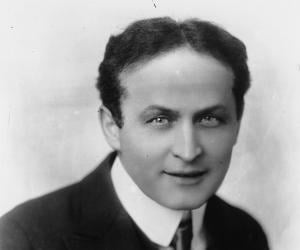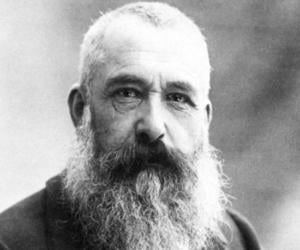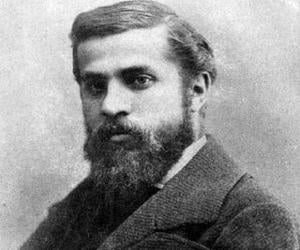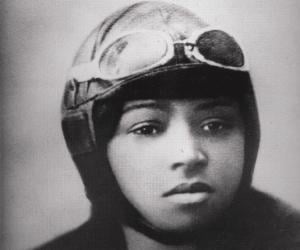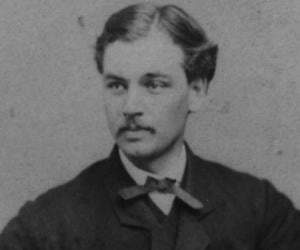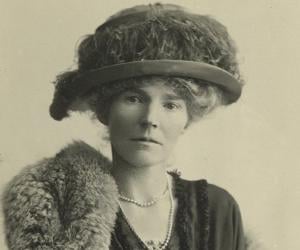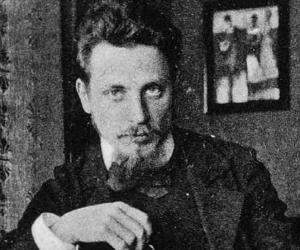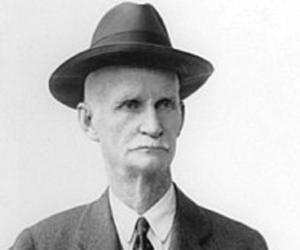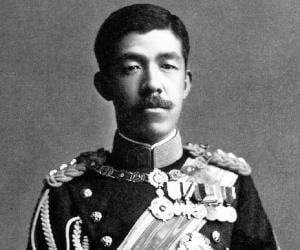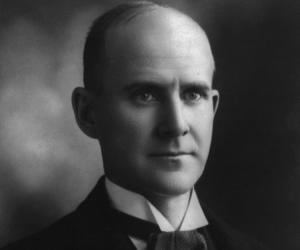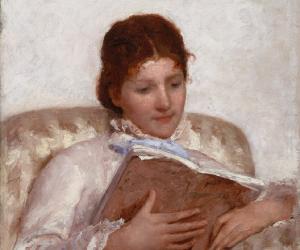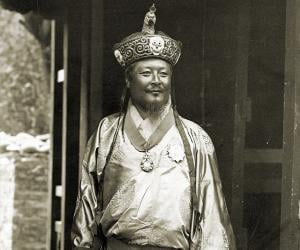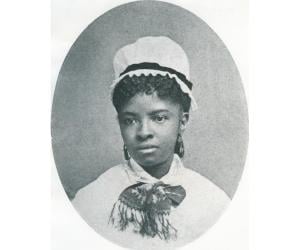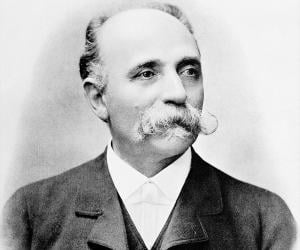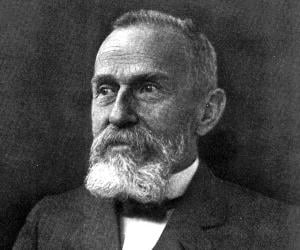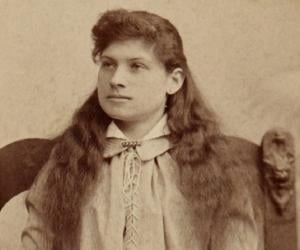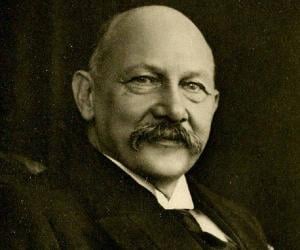Legendary magician Harry Houdini initially worked as a trapeze artist named “Ehrich, the Prince of the Air” and was later known for his iconic stunt of escaping from handcuffs, at times even under water and while buried alive. He died after a blow to the gut damaged his appendix.
Claude Monet was a French painter. The founder of French Impressionist painting, Monet's painting Impression, soleil levant gave rise to the term Impressionism. Often dubbed the driving force behind Impressionism, Monet mastered the art of painting the same scene several times so as to capture the changing of the light. Since his death, his paintings have sold for record prices.
Bessie Coleman was an American civil aviator and the first African-American woman to hold a pilot license. Nicknamed Queen Bess, Coleman became a high-profile pilot in the air shows organized in the United States. Bessie Coleman died at the age of 34 in a plane crash. Her efforts to promote aviation inspired the Native American communities.
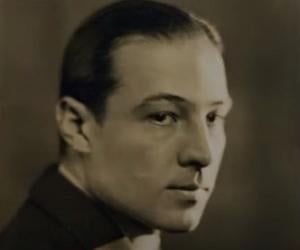
Rudolph Valentino was an Italian actor who appeared in many silent films, including The Four Horsemen of the Apocalypse and The Sheik. He began his career as part of an operetta company and later joined movies. He was known in Hollywood as the Latin Lover and was considered a major male sex symbol in the 1920s.
Lawyer Robert Todd Lincoln, son of Abraham Lincoln, served as the U.S. Secretary of War from 1881 to 1885 and as the U.S. minister to the U.K. from 1889 to 1893. He had served in the Civil War, too, and had also been the president of the Pullman Car Company.
Born into a wealthy English family, Gertrude Bell was an explorer at heart and went down in history for her journeys across the Middle East and for helping establish the Hāshimite dynasty in Iraq. Though she graduated in history from Oxford, being a woman, she wasn’t awarded a degree.
Bohemian-Austrian poet and author Rainer Maria Rilke is best remembered for his numerous poetry collections and his only novel, The Notebooks of Malte Laurids Brigge. His works contain metaphors, contradictions, and elements drawn from Greek mythology. Though most of his works were in German, he had also written in French.
Emperor Taishō was the 123rd Emperor of Japan. He was the son of Emperor Meiji and Yanagihara Naruko, a concubine. As the eldest living son of the emperor, he was formally named the crown prince in 1888. Upon the death of his father in 1912, he ascended the throne. A sickly man with disabilities, he died at 47.
Ugyen Wangchuck reigned as the first king of Bhutan from 1907 until his death in 1926. He is remembered for his efforts to unite Bhutan and gain the trust of his subjects. Wangchuck is credited with founding the Buddhist monarchy in 1907. A spiritual person who had close relationships with spiritual masters, Wangchuck oversaw the construction of the Kurjey temple.
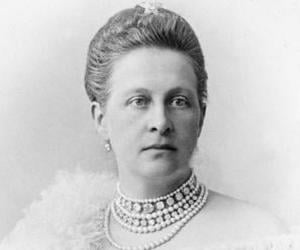
Olga Constantinovna of Russia was the oldest daughter of Grand Duke Constantine Nikolaievich and his wife, Princess Alexandra of Saxe-Altenburg. She was married to King George I of Greece and was the queen consort of Greece as his wife. In this role, she became involved in social and charitable work and founded hospitals and schools.

Charles Marion Russell was an American artist best remembered for depicting the American Old West. Dubbed the cowboy artist, Russell produced over 2,000 paintings featuring Native Americans, landscapes of the western United States, and cowboys. In 1955, Charles Marion Russell was made a member of the Hall of Great Westerners.
Mary Eliza Mahoney was an African-American nurse. In 1879, she became the first African American to successfully complete her course from an American school of nursing. She helped eliminate racial discrimination in the nursing profession. Mahoney was made an inductee of the American Nurses Association Hall of Fame and the National Women's Hall of Fame in 1976 and 1993 respectively.
Nobel Prize-winning cytologist and physician Camillo Golgi is remembered for his contribution to the study of the central nervous system. He revolutionized medical science with his staining technique and discoveries such as the Golgi cell, the Golgi tendon organ, and the Golgi apparatus, apart from his research on malaria.
The son of a musician, Emil Kraepelin, remembered as the founder of psychiatry, was the first to differentiate between dementia praecox, now known as schizophrenia, and manic-depressive psychosis. His classification of mental illnesses influenced much of the research on the subject in the 20th century.
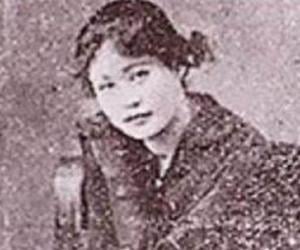
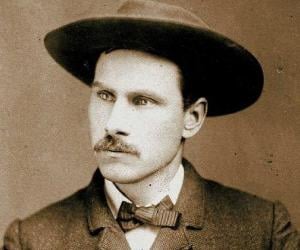
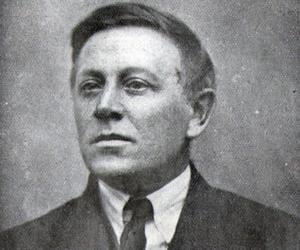
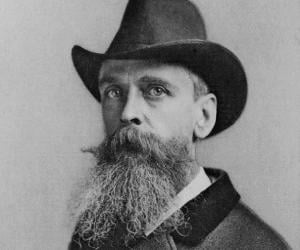
Landscape painter Thomas Moran is best known for his paintings that depicted the Rocky Mountains. After being part of a government surveying expedition to the then-uncharted Yellowstone area, he documented the woods and thus motivated the authorities to establish the US’s first national park in the area.
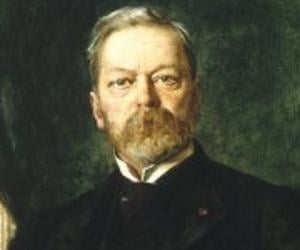
Engineer Washington Roebling is largely remembered for co-designing the Brooklyn Bridge with his father, John Augustus. He also worked as part of the Union Army during the Civil War. A perfectionist, he was once found unconscious in a compressed-air chamber at work, and that affected him permanently.
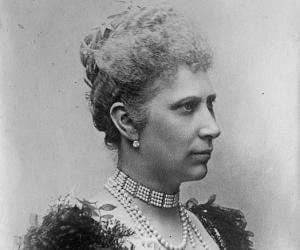
Nobel Prize-winning physicist Heike Kamerlingh Onnes is best remembered for his discovery of superconductivity and his research on low-temperature physics, which eventually led to the liquefaction of helium. He is also said to have coined the term enthalpy. The Kamerlingh Onnes Award, named after him, honors achievements in low-temperature science.
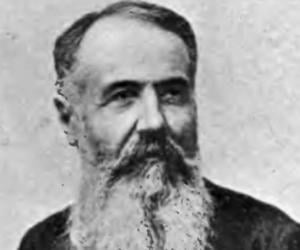
Nikola Pašić was a Serbian and Yugoslav diplomat and politician. A leading political figure for nearly four decades, Pašić served as the Prime Minister of the Kingdom of Serbia on several occasions between 1891 and 1918. Nikola Pašić is also remembered for his service as the Prime Minister of Yugoslavia on three occasions between 1918 and 1926.
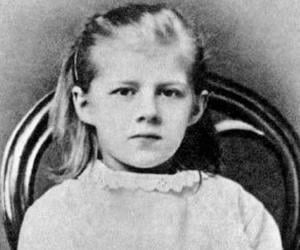
Lyubov Dostoevskaya was a Russian memoirist and writer. The daughter of popular Russian novelist Fyodor Dostoevsky and his wife Anna Grigoryevna Snitkina, Lyubov Dostoevskaya is best remembered for her work, Dostoyevsky as Portrayed by His Daughter. Many of her memoirs, which were written in French, were translated into other European languages.
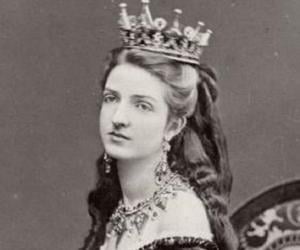
It is believed that the Margherita pizza that is a popular dish today was actually first made by a pizza maker in Naples to treat Margherita of Savoy, who had grown tired of the royal gourmet food. The wife of King Umberto I, Margherita was the queen of Italy.
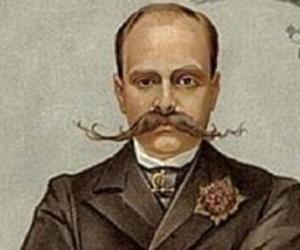
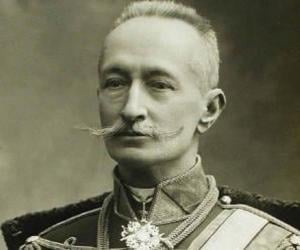
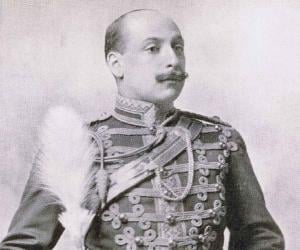
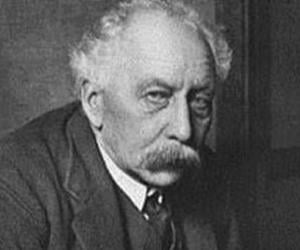
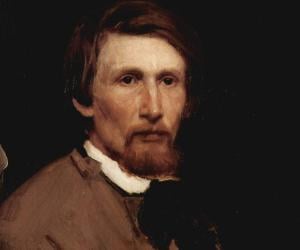
Russian artist and architect Viktor Vasnetsov is best remembered for his work on the façade of Moscow’s State Tretyakov Gallery. He also remains one of the most significant figures of the Peredvizhniki movement, with paintings such as Moving House and A Game of Preference. He later depicted folk tales and legends.
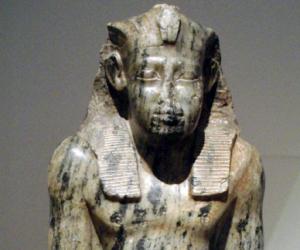
After serving as a co-regent with his father, Amenemhet I, for a decade, Senusret I, also known as Sesostris I, became the 2nd pharaoh of the 12th dynasty. He carried on the kingdom’s expansion in Nubia and also led a campaign against the Libyans. A commemorative shrine at Karnak bears his legacy.
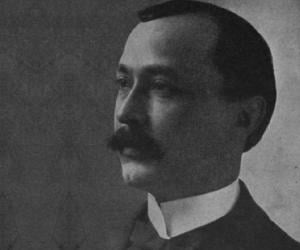
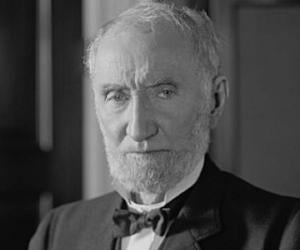
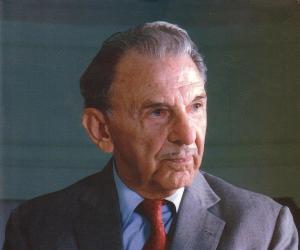
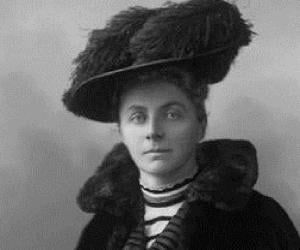
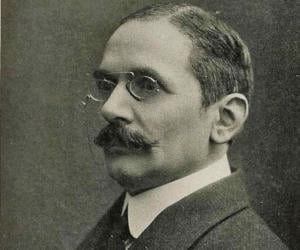
Victor Babeș was a Romanian bacteriologist, physician, academician, and professor. Widely regarded as the co-founder of modern microbiology, Babeș is credited with authoring one of the world's first treatises of bacteriology, Bacteria and their role in pathological anatomy and histology of infectious diseases. Victor Babeș also made important contributions to the study of leprosy, rabies, tuberculosis, and diphtheria.
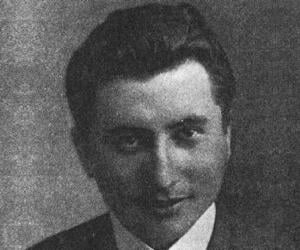
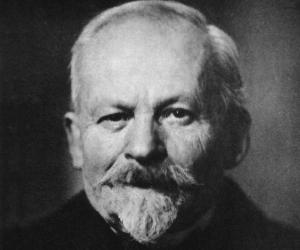


Edwin Abbott Abbott was a theologian, schoolmaster, and Anglican priest. He is remembered for writing the 1884 novella Flatland. He served as the principal of the City of London School where he supervised the education of H.H. Asquith, who would go on to serve as the prime minister of the UK. Abbott is also credited with writing educational text books.
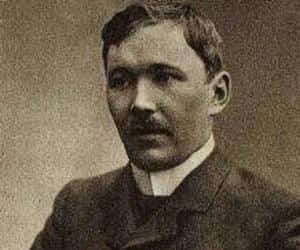
Apart from being a journalist, Eino Leino also redefined Finnish poetry by including folk elements. His works include literary criticism in newspapers such as Päivälehti and Helsingin Sanomat. Most of his works were inspired by the epic Kalevala, while he also a pioneer of national romanticism in Finland’s literary world.
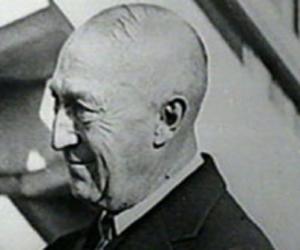
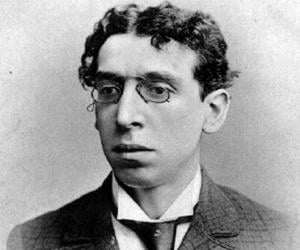
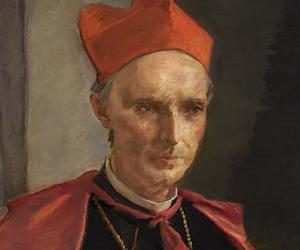
Belgian Roman Catholic cardinal Désiré-Joseph Mercier was a prominent Thomist scholar who was largely responsible for the revival of the philosophy of St. Thomas Aquinas in the 19th century. He served as the Archbishop of Mechelen and is remembered for his valiant resistance to the 1914–1918 German occupation.
